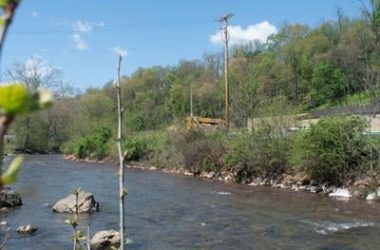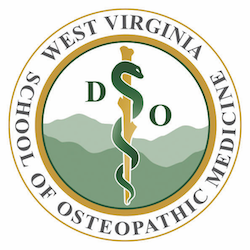From The Herald-Dispatch of Huntington:
West Virginia’s lawmakers, looking squarely at a $500 million budget deficit, spent plenty of time during the recent legislative session talking about how sparking economic activity is the longer-term answer to the state’s financial struggles. There’s no question they are correct about that; lack of economic growth and the decline in the coal industry in particular has hurt the state’s revenue picture.
So it was disappointing to see that the legislature was unable to make one change in state law that might have fueled more business investment, created more jobs and added to the state’s coffers to some degree – with no significant cost.
Senate Bill 238 called for increasing the tax credit for rehabilitating historic commercial buildings from the current 10 percent of qualified project costs to 25 percent starting next year. It was a change sought by various groups, including city officials and developers in Huntington.
Their reasoning was simple: A larger tax credit could be the difference in whether a project is considered financially feasible by people hoping to upgrade or give new life to an historic building. In short, its supporters saw it as a means to spark more economic activity.
The Senate approved the measure, but House of Delegates amended the legislation to phase in the higher tax credit rate over three years. Then came the sticking point: The House also amended the bill to limit the total of tax credits in any given year to $5 million. The Senate wouldn’t go along with the annual cap, so the bill died when the legislative session ended April 8.
Why put a cap on economic growth?
In Huntington, for example, a group of local investors announced in February an initiative to promote the city as a retirement destination with hopes of investing up to $50 million in upgrading nearly a dozen older, historic buildings in the downtown. Key to pushing that vision toward reality is a larger tax credit that would help make their plans more financially doable, they said. But the $5 million cap on tax credits would limit eligible rehabilitation work to only $20 million in a year’s time. If Huntington’s project got off the ground and eventually consumed all the tax credits allowed in a given year, what about the rest of the state?
As it stands now, investment in rehabilitating historic buildings in West Virginia is relatively meager. According to a federal government analysis, about $6.7 million in expenditures on five projects completed in the 2015-2016 fiscal year qualified for historic tax credits in West Virginia. We should only wish that the level of investment would reach $20 million and even more in the years to come. That might be possible if the state would increase the tax credit to 25 percent, the level it is in most neighboring states.
Keep in mind that allowing a bigger tax credit does not mean the state will have to write checks to those who have invested. It’s a credit against taxes due. That may mean the state initially loses out on some tax revenue, but the amount would be minuscule in relation to the state’s overall budget – and to the potential growth in investment that might occur. A government analysis of the 2014-2015 fiscal year showed that historic rehabilitation investments totaling $7.5 million in West Virginia created 144 jobs, generated $5.2 million in income and nearly $1.7 million in taxes, including more than $1.2 million in state taxes. Those numbers would no doubt get bigger if more investment occurs.
The legislature’s failure to pass the higher tax credit was a missed opportunity. Let’s hope lawmakers will rectify this mistake next year.





